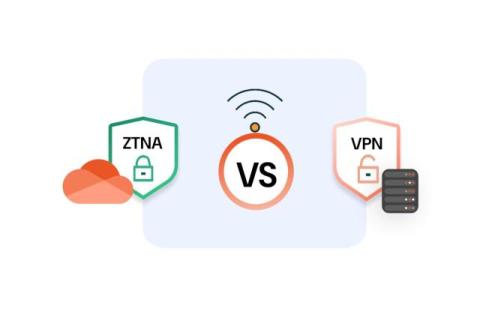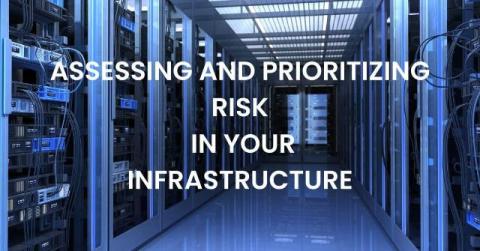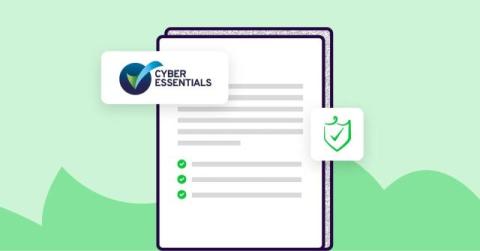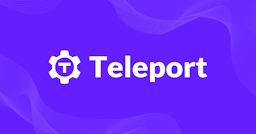ZTNA vs VPN - Whats the Best Security Solution?
Work from home (WFH) remains a common practice for many businesses worldwide. This working model has enabled companies to hire top talent across borders, boost revenue, and improve employees work-life balance. A new report by Tata Consultancy Services (TCS) claims that, by 2025, 40% of employees around the world will work from home. However, this growing trend also brings about a range of cybersecurity risks that could impact businesses significantly.










